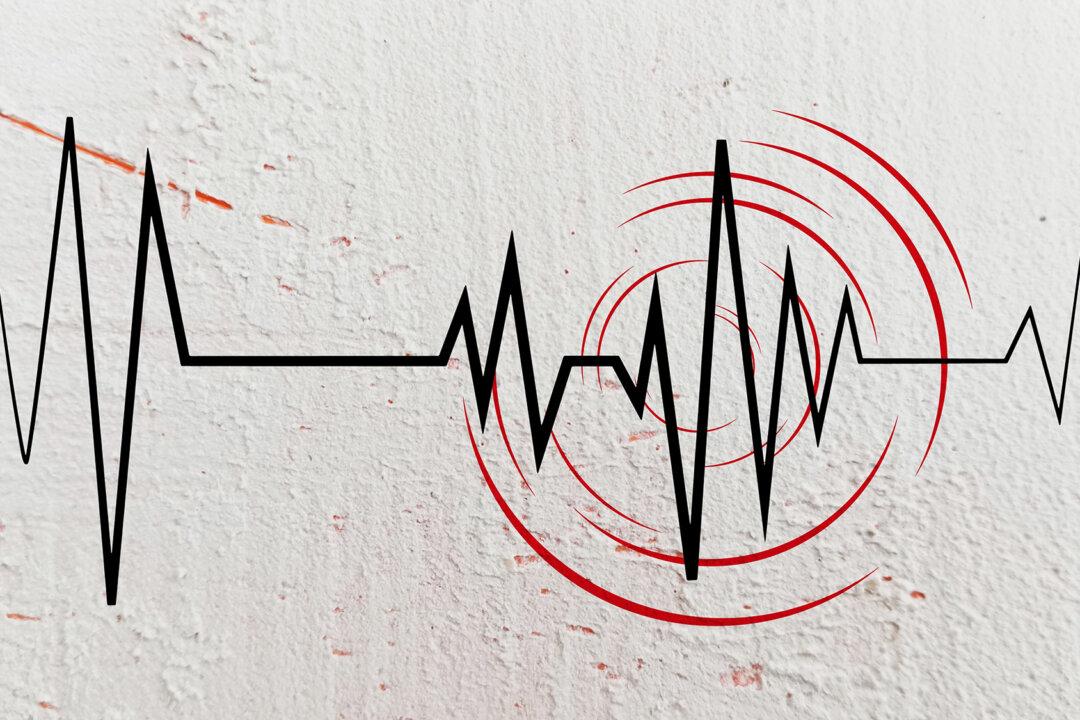Galvanized by a diagnosis of cancer, the disappearance of his friend and fellow canoeist Dick Conant, and the death of his mother, Neal Moore decided to do something meaningful with his life by embarking upon a canoe journey across America. His goal was to find points of connection, despite the division he sees present in our country.
Mr. Moore set out to explore not only how rivers and waterways connect, but also how we as Americans connect, as a microcosm of the world. The 7,500-mile journey lasted 675 days, from February 9, 2020, to December 14, 2021, starting in Astoria, Oregon, and ending at the Statue of Liberty in New York. Mr. Moore traversed 22 rivers through more than 22 states along the way.
“I was driven to do the journey to try to find a way to mend the division among people in our country that sprang up during the 2020 elections. I also wanted to be heavy on the immigrant experience,” he said. “All the people that I was documenting across the country were, for the most part, immigrants and people who came here from all over. The story of America is all of us, it’s the whole world; it’s not any one person or any one race, culture, or group.”
Pushing Past Boundaries
When Mr. Moore was 13 years old, his beloved older brother had a car accident and died from his injuries. This led him to a downward spiral of drugs and attempted suicide, exacerbated by his mother’s breast cancer diagnosis, her slow, painful decline, and her dying wish for him to become a missionary. This changed Mr. Moore’s life as he learned to walk freely among strangers, learn their stories, and live with his dark thoughts.
Mr. Moore believes that when you push yourself out of your comfort zone, extraordinary things can happen, and you learn and grow. He asked himself, “What if the greatest adventure of my life would be a return to my home country, almost like a child going into your own backyard to explore and to try to come to an understanding? And for me, what I saw was a disconnect, in the news, with the politics. I wanted to find the positive.”





